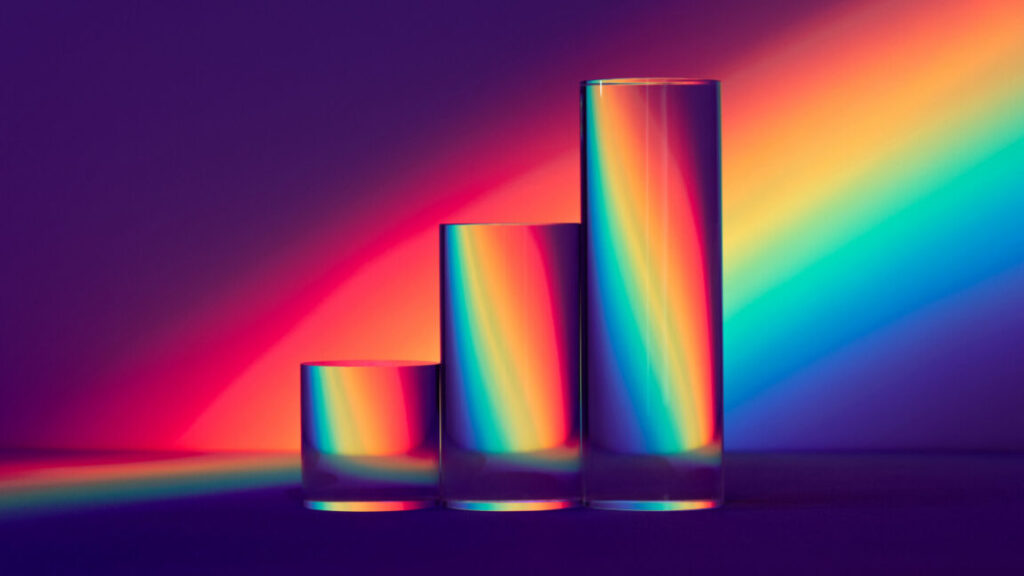Beyond RGB: A new image file format efficiently stores invisible light data

Imagine working with special cameras that capture light your eyes can’t even see—ultraviolet rays that cause sunburn, infrared heat signatures that reveal hidden writing, or specific wavelengths that plants use for photosynthesis. Or perhaps using a special camera designed to distinguish the subtle visible differences that make paint colors appear just right under specific lighting. Scientists and engineers do this every day, and they’re drowning in the resulting data.
A new compression format called Spectral JPEG XL might finally solve this growing problem in scientific visualization and computer graphics. Researchers Alban Fichet and Christoph Peters of Intel Corporation detailed the format in a recent paper published in the Journal of Computer Graphics Techniques (JCGT). It tackles a serious bottleneck for industries working with these specialized images. These spectral files can contain 30, 100, or more data points per pixel, causing file sizes to balloon into multi-gigabyte territory—making them unwieldy to store and analyze.
When we think of digital images, we typically imagine files that store just three colors: red, green, and blue (RGB). This works well for everyday photos, but capturing the true color and behavior of light requires much more detail. Spectral images aim for this higher fidelity by recording light’s intensity not just in broad RGB categories, but across dozens or even hundreds of narrow, specific wavelength bands. This detailed information primarily spans the visible spectrum and often extends into near-infrared and near-ultraviolet regions crucial for simulating how materials interact with light accurately.


